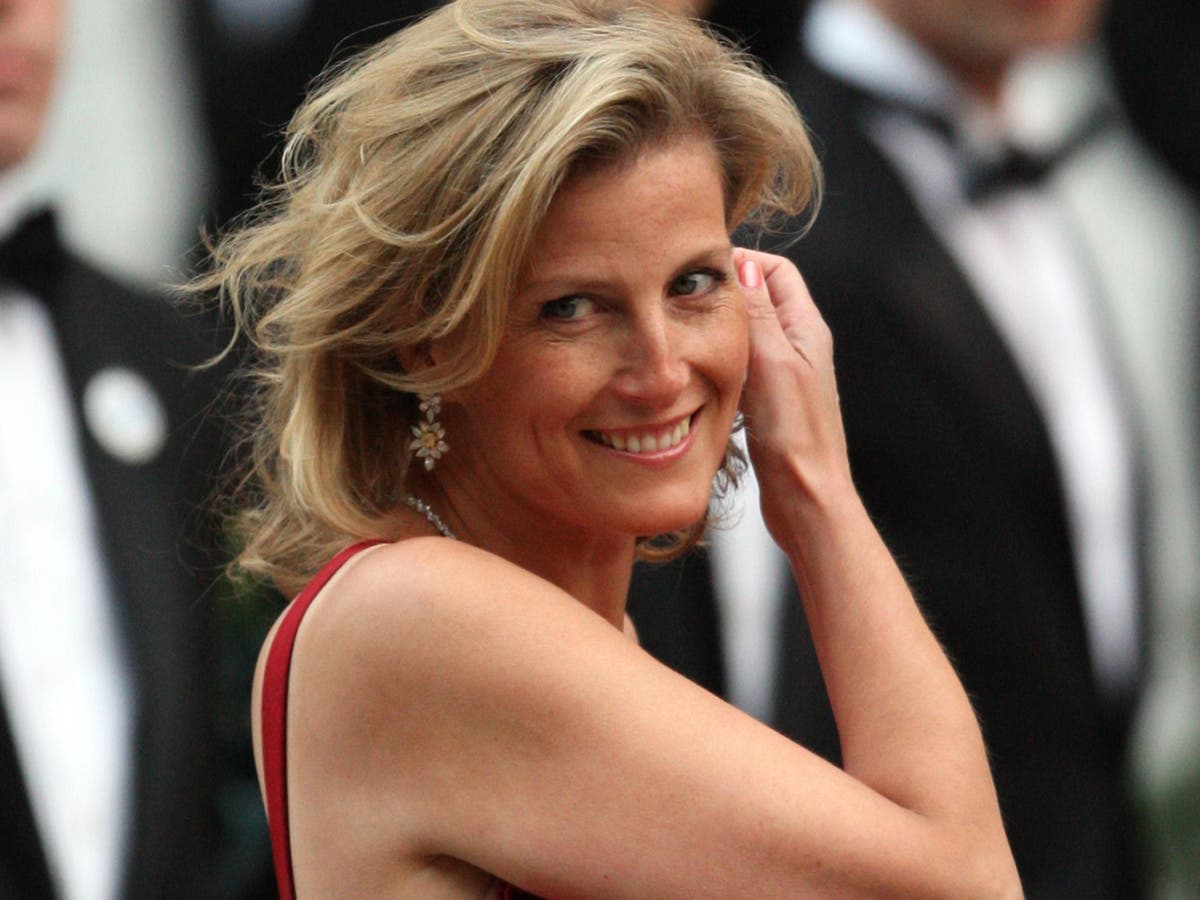
Stay ahead of the curve with our weekly guide to the latest trends, fashion, relationships and more
Stay ahead of the curve with our weekly guide to the latest trends, fashion, relationships and more
Stay ahead of the curve with our weekly guide to the latest trends, fashion, relationships and more
I would like to be emailed about offers, events and updates from The Independent. Read our privacy policy
Oliviero Toscani, the fashion photographer and art director known for Italian clothing brand Benetton’s provocative advertising campaigns, has died. He was 82.
Toscani had been admitted to hospital on Friday in Cecina, near his Tuscan country home, in a very serious condition.
His family confirmed the news of his death in a statement.
“It is with great sorrow that we announce the news that today, 13 January 2025, our beloved Oliviero has embarked on his next journey,” Toscani’s wife Kirsti wrote in a post on Instagram.
In an interview last year in August with the Corriere della Sera newspaper, he revealed that he was suffering from amyloidosis, a rare incurable condition that causes abnormal proteins called amyloid fibrils to build up in organs and tissues. He added that he had lost 40kg in weight as well.
United Colours of Benetton shared a tribute to him on social media, with a photo Toscani had taken in 1989.
“In order to explain certain things, words simply don’t suffice. You taught us that. And with that said, we’d like to pay tribute to you with a photo that you took for us many years ago, in 1989. Farewell Oliviero. Keep on dreaming,” the statement read.
Born in Milan on 28 February 1942, Toscani studied in an art school in Zurich and followed his photojournalist father, Fedele Toscani, to train as one himself. He went on to work for several leading fashion magazines like Vogue, Elle, Harper’s Bazaar, and GQ, shooting John Lennon, Andy Warhol, Federico Fellini, and has been credited with helping establish models like Monica Bellucci.
However, Toscani was best known for his shocking and provocative ad campaigns for Benetton, while in his tenure as art director, which focused on social themes like the AIDS pandemic, racism, death penalty, and war.
Toscani became Benetton’s art director in 1982, a position he held for the next 18 years.
One of his most famous and controversial campaigns saw him use a photograph of David Kirby, who had Aids, surrounded by his family as he lay on his deathbed. The 1992 campaign came at the peak of the AIDS crisis in the United States, and led to debates over whether the use of the photo was art, advocacy, or exploitation.
The Kirby family, who gave Toscani permission to use a colourised version of the photo, shot in 1990 by photographer Therese Frare, said that the Benetton campaign in fact helped spread awareness about AIDS.
“Benetton didn’t use us, or exploit us. We used them. Because of them, your photo was seen all over the world, and that’s exactly what David wanted,” Kirby’s father Bill Kirby is quoted as saying, in a 2012 story in Life magazine.
Another popular campaign that featured three identical human hearts labelled black, white, and yellow aimed to talk about racism, and photos of the bloodstained uniform of a soldier killed in Bosnia drew attention to the realities of war.
Toscani became known for using models of diverse races in his campaigns, and a 1991 ad that featured a priest and nun kissing ended up sparking outrage from the Roman Catholic Church.
“In the case of Benetton, I really wasn’t interested in the company’s sweaters. I think that the different companies’ products are more or less the same. On the contrary, I think it’s important for a company to show its social intelligence and sensitivity to the society around it,” Toscani told The United Nations of Photography in 2016.
“So I started with the issues that interested me and began experimenting. The results showed that this concept worked. In fact, during the 18 years that I worked with Luciano Benetton, the company grew in size 20 times over. I simply took these areas of interest and put them into the advertising campaign. And today I use, whenever possible, the same concept.”
His tenure with Benetton ended in 2000 following disputes over a campaign, which saw Toscani and American freelance journalist Ken Shulman photograph and interview 26 prisoners on death row and a caption that read: “Sentenced to death.”
"The death penalty is not just a problem for those countries which practise it: this is our problem," said Toscani. "And it is my intention that every face in this exhibition should personify this."
“I exploit clothing to raise social issues,” Toscani told Reuters in an interview at the time. “Traditional advertising says if you buy a certain product you will be beautiful, sexually powerful, successful. All that bulls*** doesn’t really exist.”
He courted further controversy in 2007, when a campaign for fashion brand Nolita featured model Isabelle Caro, who was severely anorexic and later died of the disease. The campaign ran at the same time as Milan fashion week, and ran with "No Anorexia” over the photo on billboards.
“We all know that this illness exists, and the easiest thing is not to address the problem. In fact, creating a controversy around the ad is such an easy reaction because then you don’t have to speak about the real problem,” Toscani said, of the controversy around the campaign.
Toscani returned as creative director at Benetton in 2017, but was asked to leave three years later, after he made dismissive comments about the 2018 bridge collapse in Genoa that killed 43 people.
“Who cares about a bridge collapse?” he told RAI television.
He later apologised in an interview with La Repubblica, saying: “I am sorry. More: I am ashamed to apologize. I am humanly destroyed and deeply pained.” However, he was still fired from Benetton in 2020 over the controversy.
Tributes for Toscani poured in as the news of his death broke.
Valentino Garavani, the creator of Valentino, posted a tribute on social media, calling him “a visionary who challenged the world through his lens, leaving an indelible mark on photography, art and culture”.
Designer Giorgio Armani described him as an “undisputed master of imagery and a communicator of unparalleled vivacity”.
Giuseppe Sala, the mayor of Milan, said Toscani had left “an on the world of image and communication.”
Toscani is survived by his wife and three children Rocco, Lola and Ali.

 By The Independent (Lifestyle, Fashion) | Created at 2025-01-14 07:11:16 | Updated at 2025-01-14 23:23:36
16 hours ago
By The Independent (Lifestyle, Fashion) | Created at 2025-01-14 07:11:16 | Updated at 2025-01-14 23:23:36
16 hours ago








